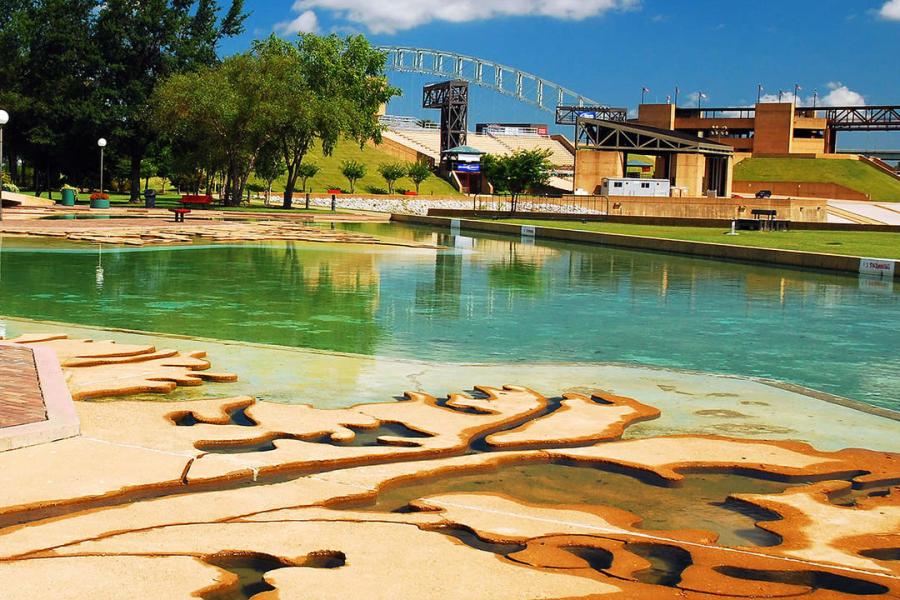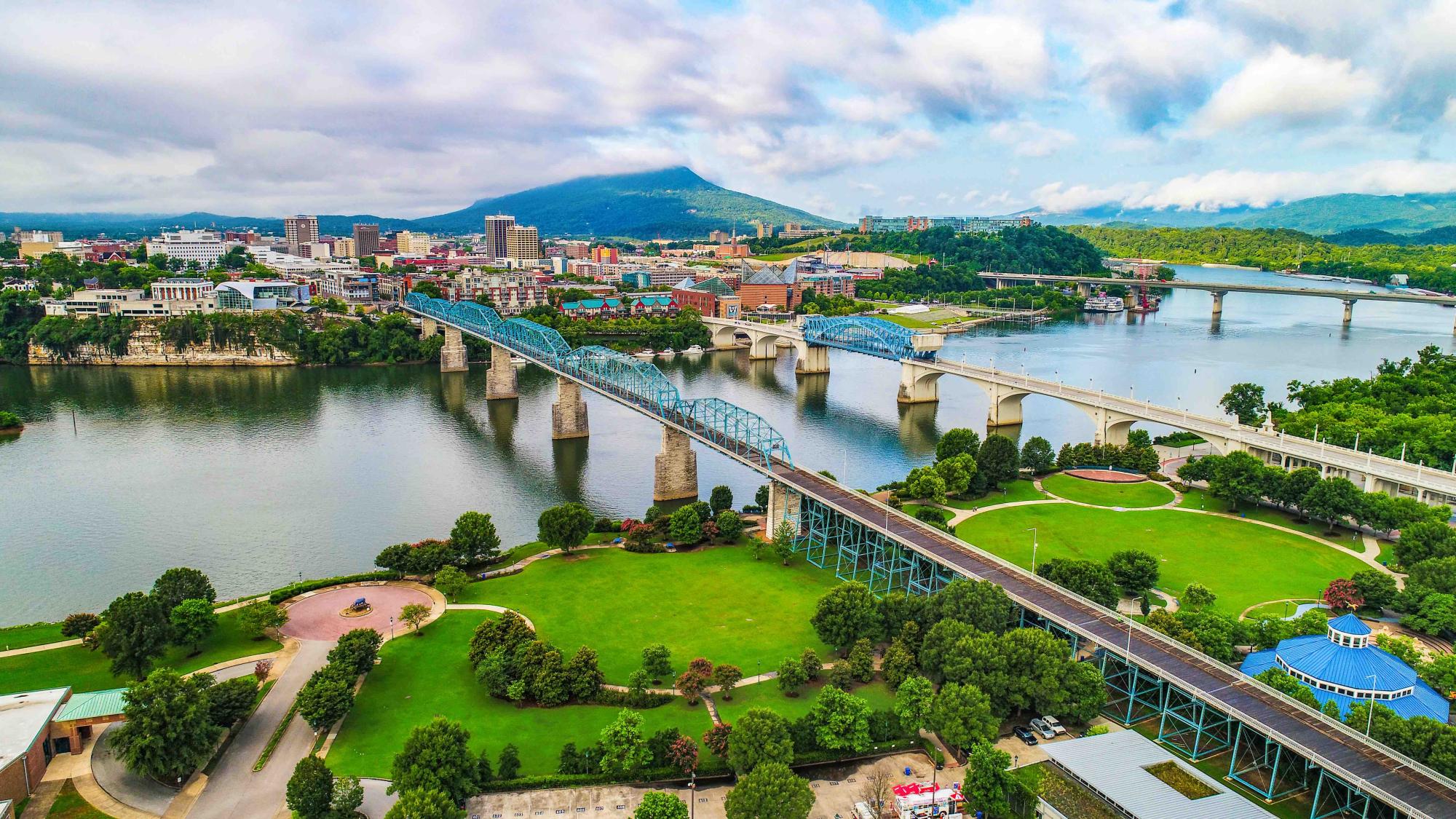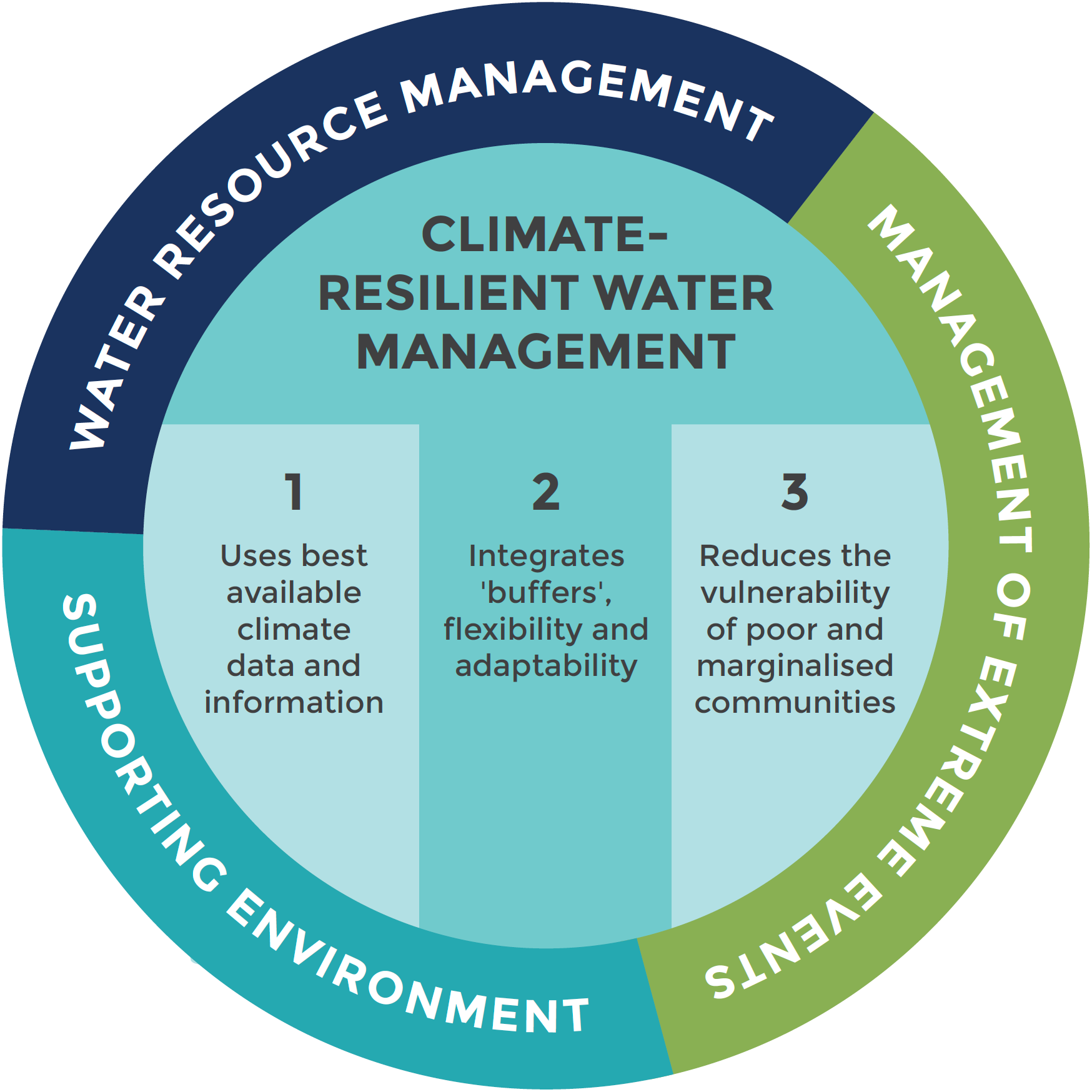Aging infrastructure, severe weather challenges to water resiliency

By KATE COIL
TML Communications Specialist
With more frequent and more severe weather occurring, strategies are changing on how cities must manage their water and wastewater resources both in times of crises and day-to-day.
A recent webinar co-sponsored by Government Technology and Governing magazine, “The Climate Crisis is a Water Crisis: The Role of Collective Government Action in Addressing Water Crises,” addressed how cities need to take a proactive approach to water resiliency during a time when aging and outdated infrastructure is facing the demands of extreme weather events that are increasing in number, frequency, and the amount of damage they cause.
Andy Kricun, managing director at Moonshot Mission and a senior fellow at the U.S. Water Alliance, said different parts of the U.S. are facing different issues when it comes to water.

“On the eastern half of the U.S., we have the case of too much water and flooding,” he said. “We have aging infrastructure and issues of combined sewage flooding where sewage is going into people’s homes or rivers when it rains. In the eastern half of the country, you are also seeing river levels rising. That is a problem for stormwater control and coastal communities. On the western half, climate change has led to drought problems. It is a significant challenge for the entire country. The drought conditions are making water tables drop. In the Southern part of the U.S., we have seen issues where freezing and colder than usual weather has caused the freezing of water lines that were not designed for that weather, causing service interruptions there. ”
Kricun said severe weather events can also cause secondary issues that have negative impact on water resources.
“Less obvious, for example, is that more severe storm events increase the probability of power outages,” he said. “Power outages can then stop the operation plant of a wastewater or drinking water plant, and you lose access to drinking water or have upsets in the wastewater treatment. That is a significant problem that requires a response to ensure resiliency.”
Additionally, Kricun said some communities are disproportionately impacted by severe weather events and water issues because of where they are located. Often times, communities are in these areas already have a difficult time recovering from severe weather events as well as preparing for resiliency because the majority of the population is low-income or historically disenfranchised. These are known as “environmental justice” communities.
Michael Craig, an economist with HUD’s Office of Policy Development and Research's Housing Finance Analysis Division, said his research focuses on how climate risks contribute to mortgages and home financing. Particularly, Craig said his research focuses on how or if people are able to financially recover and stay in their homes if there is a natural disaster.
“If you look at natural disasters, their frequency, and their exposure to the public around the country, flooding is at the forefront,” Craig said. “Most people are at-risk of flooding, and it impacts the most number of houses. We have the highest risk of flooding events and some of these events are getting increasingly severe. Hurricanes are becoming less abnormal, which is going to change the dynamic of how people weather these storms both literally and financially.”
Kimberly Nelson is the CEO of True Elements, a company that provides real-time and forecasted water data for the water industry. Nelson said access to data and information can help government leaders determine what actions they need to make to both make their communities more resilient to natural disasters as well as recover from them.

“We really have to understand that a water resilient future starts with water intelligence,” Nelson said. “We need to make smart decisions. There are many data sources that are important to government decisionmakers. We need to look to the future, and that is really where you need water intelligence for forecasting purpose. I think government leaders need an inventory of their existing water inventory – which they all have – but they also need to understand the capacity of that existing infrastructure. To me, the capacity of that existing infrastructure includes both the future needs of that community and the ability of that infrastructure to withstand extreme weather. We know that in the past couple of years for many of our communities that current infrastructure will not stand up.”
The second major tool Nelson said decisionmakers need is climate data and projection.
“It’s really important to understand climate in a geographic area in a smaller, neighborhood level,” she said. “The subtleties are very significant at neighborhood levels. We need to understand things like temperature changes, the number and types of storms, the intensity of storms, and these are all really important for predicting and planning infrastructure needs. In the last two weeks, I have talked with leaders in two major cities where this past summer they had both schools and hospitals cut off because of stormwater flooding. We have to do a better job of stormwater management so we can improve infrastructure and make more resilient communities.”
Craig said HUD analyzes data including retrospective data on how communities have reacted and responded to natural disaster in the past to better gauge how communities might respond in the future as well as where future natural disasters might occur.
“That is where this forward-looking climate data comes into our research,” he said. “From my perspective as a researcher, I would love data about how a specific house might face differing flood risk today versus 30 years from now. There are several private companies that are producing this data.”
Nelson said leaders need to think about water differently today than they have in the past.
“Today’s infrastructure was used at a time when most of us never used the words ‘climate change,’” Nelson said. “We need to build tomorrow’s infrastructure for tomorrow’s climate. For some parts of the country, there may be little difference between today and what the future climate looks like. However, for most places it is very different. We are going to see things getting wetter or drier and more of it. Both of these things have adverse impacts. We need to make sure our infrastructure stands the test of time. We can see siting decisions for landfills, superfund sites, and wastewater discharge sites have disproportionately affected certain parts of our society in the past. We can’t allow that to happen in the future We need to use data – things like understanding drinking and surface water - to ensure decisions at the macrolevel are made more equitably in the future.”
Kricun agreed that, because of past decision making, some communities are already at a disadvantage when it comes to making smart, environmental decisions regarding water and other resources.
“The challenge is that we have this climate problem, and there are technology and funding opportunities to help address them,” Kricun said. “However, these are often not available to underserved communities. For example, the city I used to work in – Camden, N.J. - had no grant writers, so they couldn’t apply or their debt service was too high to qualify for low-interest loans. They certainly didn’t have access to technology. Funding and technology is like buried treasure and our underserved communities are lacking shovels. There has to be an intentionality that the promise of the Clean Water Act and the new funding laws and technology reach down into those underserved communities.”
For smaller communities, Kricun said the solution may be as simple as adjusting what infrastructure they already have or leveraging grants into finding out what issues they need to deal with so they can move forward with action plans to address their vulnerabilities. For technical assistance, Kricun said the EPA has formed 29 environmental finance centers across the country to help communities get into and through funding programs.
The recent Bipartisan Infrastructure Act as well as ARP funding offer opportunities for communities who want to improve their infrastructure and resiliency.
“A significant amount of funding has been made available over the past year to year-and-a-half to help these communities get and improve their infrastructure to make it more resilient against climate change,” Kricun said. “There are also new technologies. For example, wastewater treatment plants can improve their resiliency by converting their biosolids to electricity, which also reduces their carbon footprint. The key is to make sure the funding and technology seeps down and disseminates to those communities who are less likely to go forward with those opportunities.”
For smaller communities with limited budgets and staffs, Kricun recommends looking into both their state’s revolving low-interest loan funds for drinking and wastewater as well as EPA grants available through the Justice 40 program aimed at low-income and environmental justice communities. FEMA has also recently begun the Building Resilient Infrastructure in Communities (BRIC) that aim at spending proactive, preventative funding before disasters to ultimately decrease the amount that has to be spent on recovery. CDBG funding can also be combined with other federal funding from FEMA and the EPA or leveraged with low-interest loans to help with resiliency.
“The challenge is that we have this climate problem, and there are technology and funding opportunities to help address them,” Kricun said. “However, these are often not available to underserved communities. For example, the city I used to work in – Camden, N.J. - had no grant writers, so they couldn’t apply or their debt service was too high to qualify for low-interest loans. They certainly didn’t have access to technology. Funding and technology is like buried treasure and our underserved communities are lacking shovels. There has to be an intentionality that the promise of the Clean Water Act and the new funding laws and technology reach down into those underserved communities.”
For smaller communities, Kricun said the solution may be as simple as adjusting what infrastructure they already have or leveraging grants into finding out what issues they need to deal with so they can move forward with action plans to address their vulnerabilities. For technical assistance, Kricun said the EPA has formed 29 environmental finance centers across the country to help communities get into and through funding programs.
The recent Bipartisan Infrastructure Act as well as ARP funding offer opportunities for communities who want to improve their infrastructure and resiliency.
“A significant amount of funding has been made available over the past year to year-and-a-half to help these communities get and improve their infrastructure to make it more resilient against climate change,” Kricun said. “There are also new technologies. For example, wastewater treatment plants can improve their resiliency by converting their biosolids to electricity, which also reduces their carbon footprint. The key is to make sure the funding and technology seeps down and disseminates to those communities who are less likely to go forward with those opportunities.”
For smaller communities with limited budgets and staffs, Kricun recommends looking into both their state’s revolving low-interest loan funds for drinking and wastewater as well as EPA grants available through the Justice 40 program aimed at low-income and environmental justice communities. FEMA has also recently begun the Building Resilient Infrastructure in Communities (BRIC) that aim at spending proactive, preventative funding before disasters to ultimately decrease the amount that has to be spent on recovery. CDBG funding can also be combined with other federal funding from FEMA and the EPA or leveraged with low-interest loans to help with resiliency.

